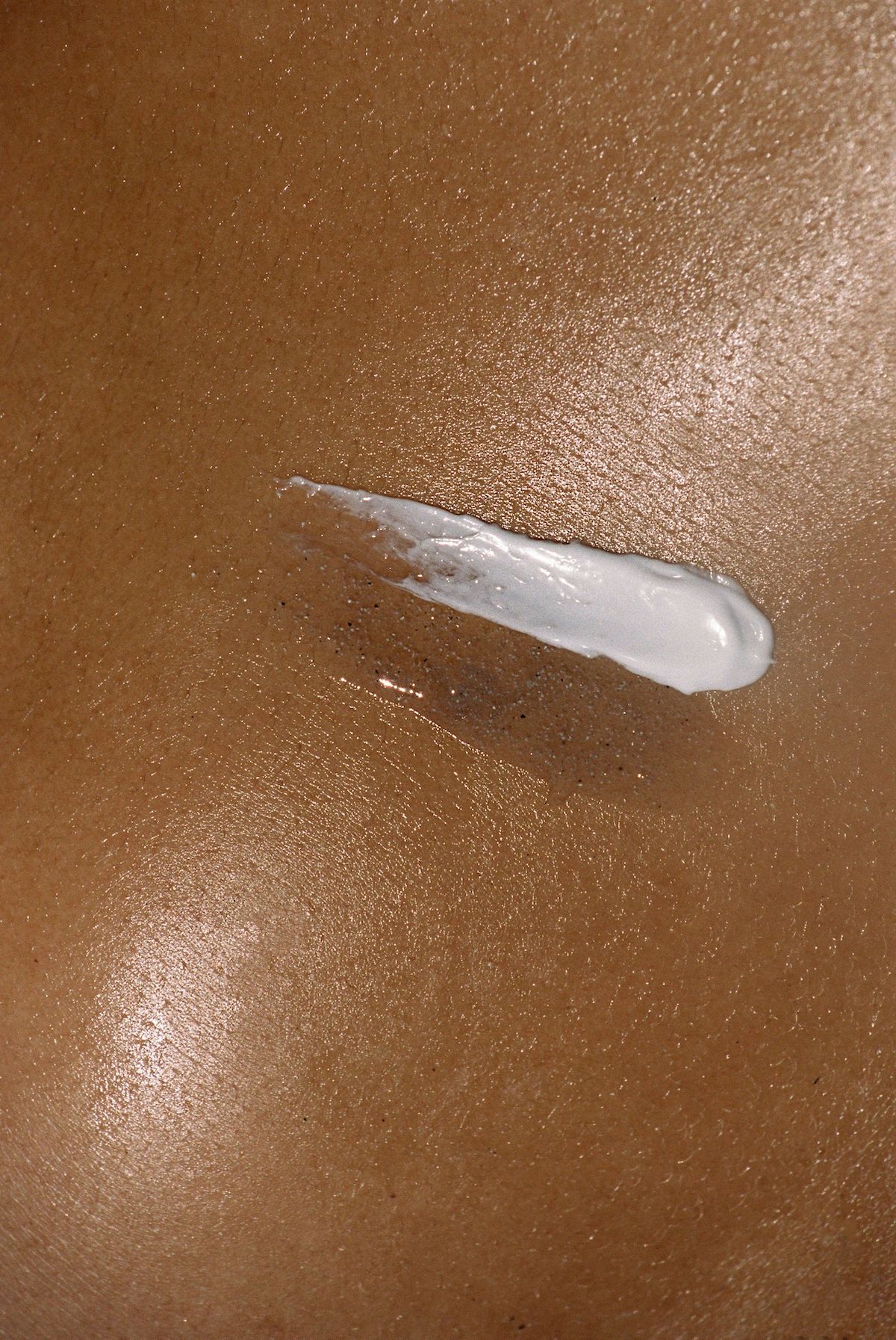Chemical vs. Physical Exfoliation: What's The Difference?

Exfoliation is a fundamental step in any BODY CARE ROUTINE. The skin naturally renews itself every 30 days, which slows down as we age, resulting in dull, dry and rough skin. Using an EXFOLIATOR speeds up this turnover process, buffing away dead skin cells to reveal soft and smooth skin beneath. Read on below to learn about the difference between chemical and physical exfoliation – and what to look for in your next body exfoliator.
WHY USE A BODY EXFOLIATOR?
Exfoliating the body is just as important as exfoliating the face. Incorporating exfoliation into your body care routine can help to treat BODY ACNE and breakouts. It deeply clears the pores and prevents acne-causing bacteria from spreading. Exfoliating your body can stimulate blood flow and LYMPHATIC DRAINAGE, releasing excess fluid and toxins. Regular exfoliation boosts the absorption of your body moisturiser, resulting in increased hydration. It also creates the perfect canvas for shaving, reducing the likelihood of INGROWN HAIRS AND RAZOR BUMPS.
WHAT IS CHEMICAL EXFOLIATION?
Chemical exfoliation relies on using topical acids or enzymes to dissolve the bonds that hold dead skin cells together, allowing dead skin to seamlessly slough away from the surface of the skin. The two most frequently used types of acids are alpha-hydroxy acids (AHAs) and beta-hydroxy acids (BHAs). You may have also heard of poly-hydroxy acids (PHAs).
WHAT ARE THE DIFFERENCE BETWEEN AHAs and BHAs?
AHAs penetrate most deeply and are fantastic for evening out hyperpigmentation and targeting the signs of ageing. They are water-soluble and can help to lock moisture into the skin. Examples of AHAs include glycolic, lactic and mandelic acid. BHAs are oil soluble, making them well-suited for treating body acne as they clear the pores of debris, dirt, acne-causing bacteria and excess oil. Salicylic acid is the most well-known BHA.


WHAT IS PHYSICAL EXFOLIATION?
As the name suggests, physical exfoliators work by physically buffing the surface of the skin to manually remove dead skin cells. They use granular particles, like ground walnut kernels, apricot pits, pumice, sugar or coffee grounds, to remove dead skin cells. Along with scrubs, other examples of physical exfoliation include muslin cloths, facial brushes, dry body brushes, dermaplanes and even RAZORS!
WHAT'S BETTER, CHEMICAL OR PHYSICAL EXFOLIATION?
Despite connotations of the word 'chemical', chemical exfoliators can sometimes be gentler than their physical counterparts. This is because physical exfoliators that contain abrasive ingredients can cause friction on the skin, creating micro-damage to its surface thereby impairing its BARRIER FUNCTION. However, if you choose a well-formulated exfoliator this won't be an issue. In fact, to reap the full benefits of exfoliation, you're best off reaching for one that brings together the best of both worlds: chemical and physical exfoliation.
WHAT SHOULD I LOOK FOR IN A BODY EXFOLIATOR?
The LUI BODY POLISH is created with a considered blend of physical and chemical exfoliators to encourage cell turnover and reveal radiance. Salicylic acid and charcoal powder deeply penetrate pores and remove impurities. Finely milled volcanic pumice polishes, revitalises and stimulates circulation. Shea butter and soybean oil protect and nourish, leaving the skin smooth and hydrated. Enriched with a fragrance of orange blossom, iris and vetiver, the Body Polish turns exfoliating into a sensorial experience and is also the perfect treatment to prep the skin for shaving. Plus, it's non-comedogenic and PH-BALANCED to support skin health.
HOW OFTEN SHOULD I EXFOLIATE MY BODY?
Over-using exfoliator can strip the skin of its natural oils, so we recommend using your body exfoliator 2-3 times per week for best results. Gently massage onto damp skin in circular motions. Rinse thoroughly and enjoy smooth, glowing skin!





